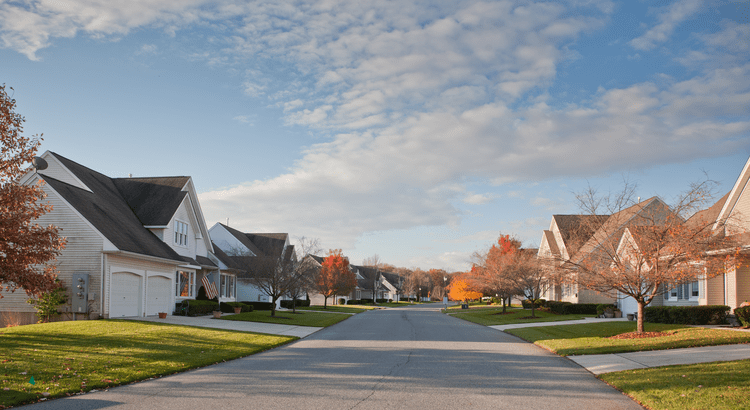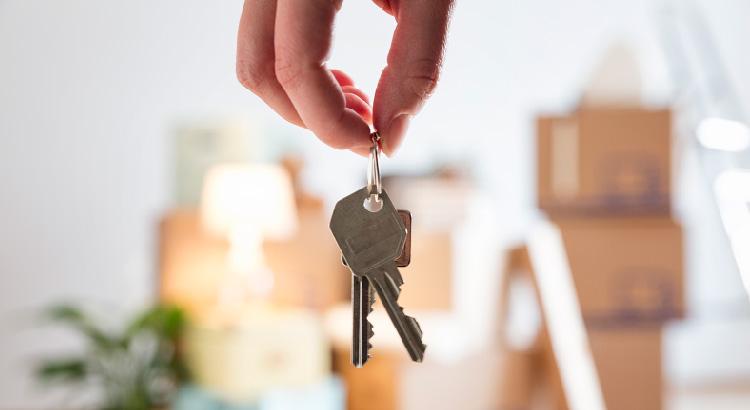
Let’s face it – life can throw some curveballs.

Let’s face it – life can throw some curveballs.

Wondering what’s in store for the housing market this year?

Wondering what’s in store for the housing market this year?

Trying to decide whether it makes more sense to buy a home now or wait?

If buying a home is on your goal sheet this year, here’s how to make it happen.

You may have heard that staging your home properly can make a big difference when you sell your house, but what exactly is home staging, and is it really worth your time and effort?

You may have heard that staging your home properly can make a big difference when you sell your house, but what exactly is home staging, and is it really worth your time and effort?

This is the time when a lot of people take a moment to reflect and set their goals for this year.

This is the time when a lot of people take a moment to reflect and set their goals for this year.

Turning a dream into reality starts with one thing: a plan.